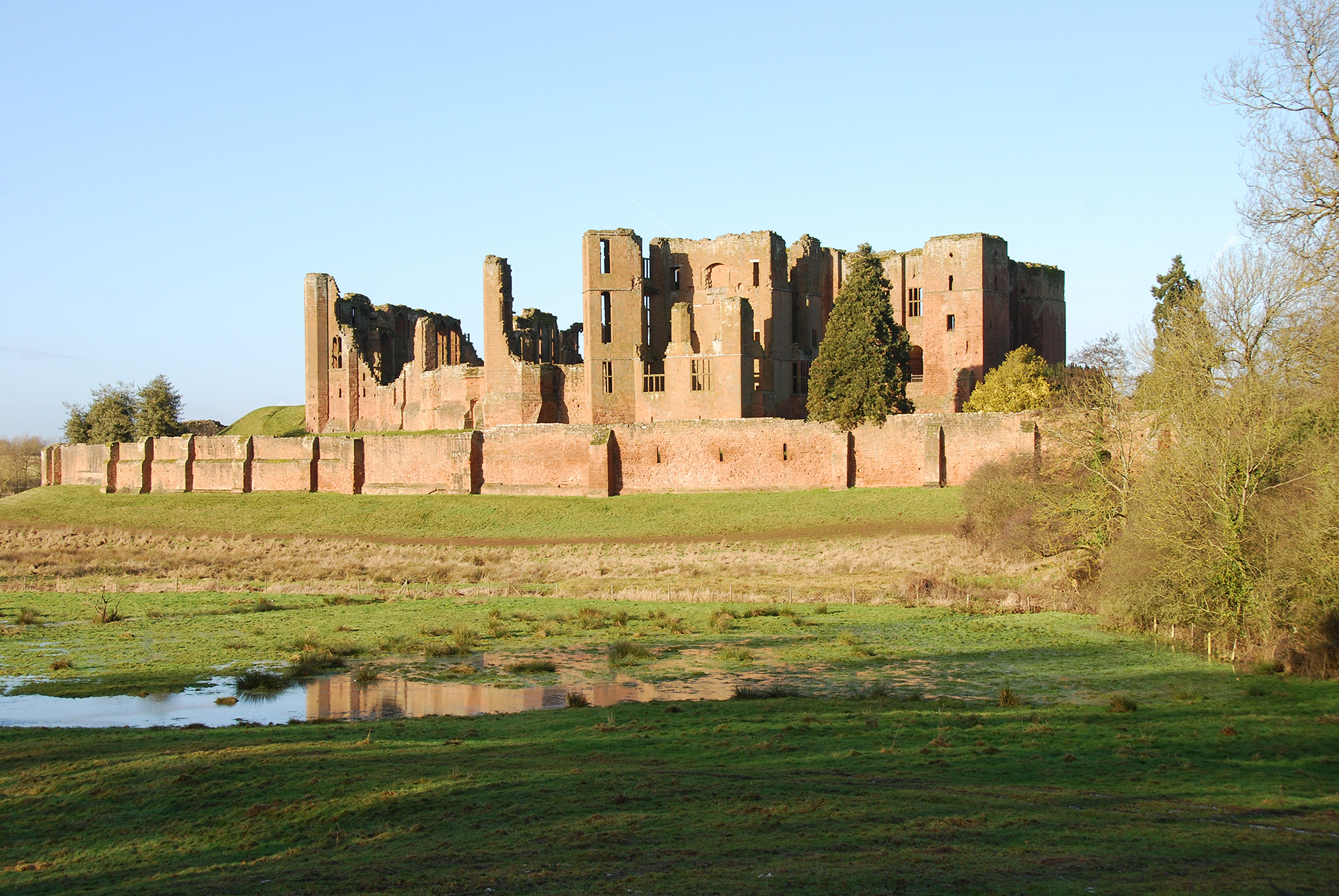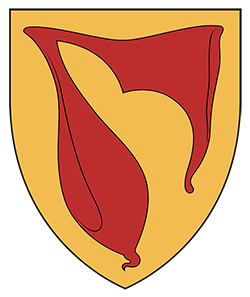Sir Henry de Hastings
Sir Henry de Hastings was an English knight, Constable of Winchester Castle, and supporter of Simon de Montfort during the Second Barons' War.

Henry was born in April 1235 in Ashill, Norfolk, England. His father was Henry de Hastings, an English soldier and Nobleman; his mother was Ada of Huntingdon, daughter of David of Scotland, 8th Earl of Huntingdon.
His father died in 1250 when he was a minor, and William de Cantilupe, 3rd Baron of Eaton Bray, purchased his wardship (guardianship) and marriage in 1252. William married Henry off to the elder of his daughters, Joan de Cantilupe. Henry and Joan had three children: John Hastings, Edmund Hastings, and Lora de Hastings.
In May of 1256, the King accepted Hastings' homage, granting Hastings livery of his father's lands. In 1260, he was summoned to be at Shrewsbury in arms to participate in the Welsh war. In 1264, he was in Kent, England, with Gilbert de Clare and took part in the Siege of Rochester Castle.
In 1264, Henry de Hastings fought in the Battle of Lewes with Simon de Montfort against King Henry III. Hastings led the lightly armed Londoners on De Montfort's left flank. Prince Edward and his cavalry attacked the Londoners, who quickly retreated, and Henry de Hastings was taken prisoner despite the baronial forces defeating the royalists and winning the day. Henry de Hastings was created Baron of Hastings by Simon de Montfort, but this title had no legal validity once the Second Barons' War was over and power returned to the King.
On June 3rd, 1265, he was appointed Constable of Winchester Castle in succession to Humphrey de Bohun.
The sides would clash again at the Battle of Evesham in 1265, where Henry de Hastings fought in support of de Montfort and the barons against the royalists once again. This time, the royalists would win in a rout, resulting in Simon de Montfort's death in battle. Henry de Hastings was wounded and taken prisoner.
Almost a year later, during the Siege of Kenilworth Castle, which began in June 1266, Hastings commanded the garrison of over a thousand men who defended the castle and the barons against royalists under Prince Edward. It was the longest siege to ever occur in England. During the six-month siege, a royal messenger was sent to the castle to demand its surrender. Hastings sent him back, minus one hand.
The Dictum of Kenilworth was written by a small group of bishops and barons who were given until All Saints Day (November 1st) to devise provisions for a settlement between the rebellious barons and the King. The Dictum was made public on October 31st, 1266. As part of the Dictum, the barons would have their lands restored, which they had been disinherited of and taken by the King when the rebellion began. The restoration also required each baron to pay a penalty proportional to their involvement in the uprising. Most of them were fined a value of 5 times their lands' annual yield, apart from Robert de Ferrers, 6th Earl of Derby, and Henry de Hastings, who were both levied a fine of seven times their lands' annual yield.
Despite the Dictum, the garrison defending Kenilworth Castle refused to accept the terms. It held out until December 13th, when they finally surrendered the castle due to a lack of food and suffering from disease. Hastings would command the last remnants of the baronial forces, on the Isle of Ely, but submitted to the King in July of 1267.
Henry de Hastings died shortly before March 5th, 1269, in Ashill, Norfolk, England. He was buried in the Hastings Chapel of the Greyfriars Monastery in Coventry, England, beside his wife Joan, who died a few years later in 1271.
